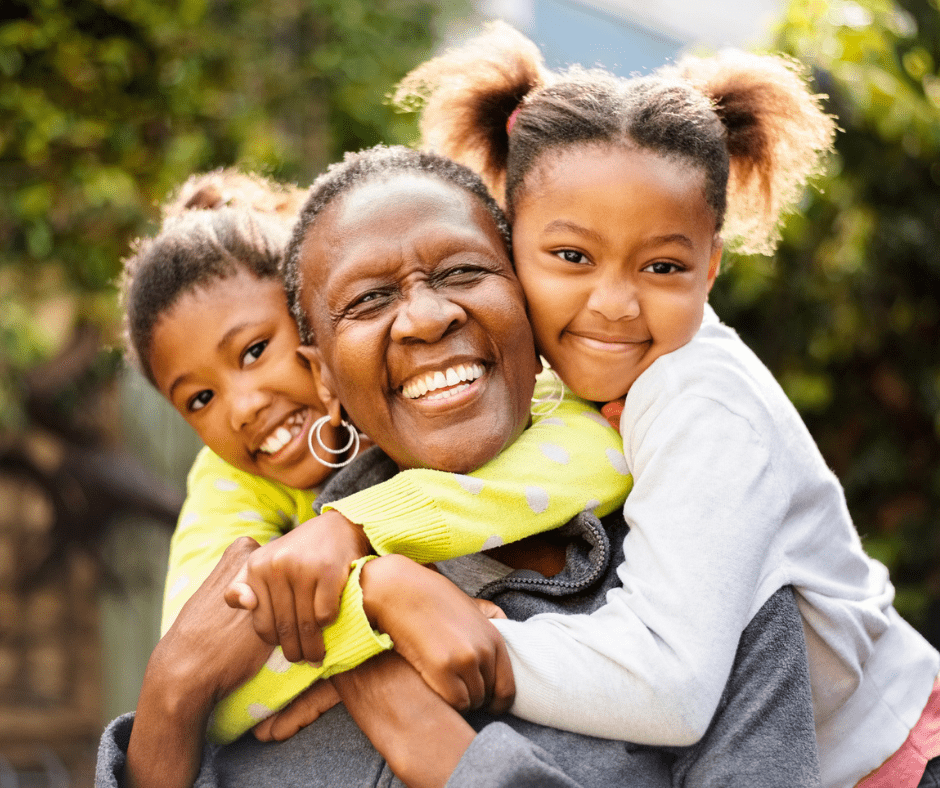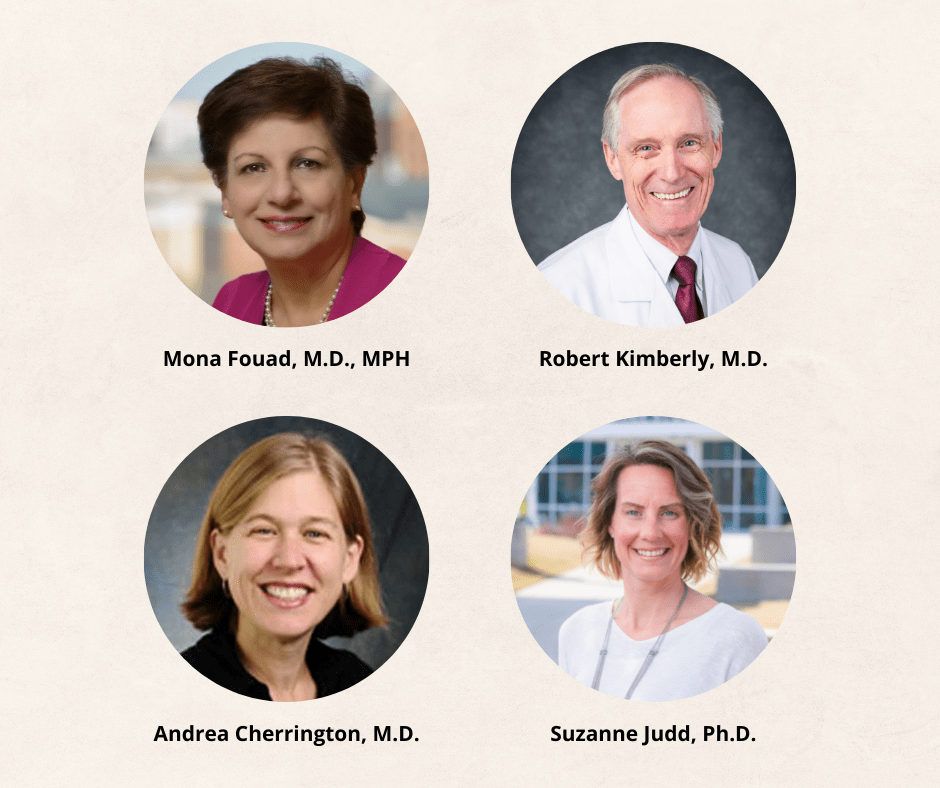What is CEAL?
Ethnic and racial minority communities have been disproportionately affected by the COVID-19 pandemic. The National Institutes of Health (NIH) funded an effort to provide trustworthy information through active community engagement and outreach to those hardest hit by COVID-19.
The NIH Community Engagement Alliance Against COVID- 19 Disparities (CEAL), is powered by the UAB Minority Health & Health Equity Research Center and leads efforts in 23 locations: Alabama, Arizona, Arkansas, California, Colorado, Florida, Georgia, Illinois, Louisiana, Maryland, Massachusetts, Michigan, Mississippi, Missouri, New Mexico, New York, North Carolina, Pennsylvania, Puerto Rico, Tennessee, Texas, Virginia, and Washington D.C. By promoting and facilitating the inclusion of underrepresented communities in vaccine and therapeutic clinical trials, CEAL hopes to successfully prevent and treat the disease.


Leadership
At UAB, investigators have leveraged the infrastructure and community partnerships of the UAB Minority Health & Health Disparities Research Center, the Center for Clinical and Translational Science, and the Schools of Medicine, Public Health, and Health Professions. We have moved quickly to launch outreach efforts to help reduce the impact of COVID-19 on the most vulnerable populations and to evaluate these efforts through community-engaged research.
Leading the CEAL effort are principal investigators, Mona Fouad, M.D., MPH, UAB School of Medicine, Division of Preventive Medicine, Lead PI, Robert P. Kimberly, M.D., UAB School of Medicine, Center for Clinical and Translational Science, Andrea Cherrington, M.D., UAB School of Medicine, Division of Preventive Medicine, and Suzanne Judd, Ph.D., UAB School of Public Health.
About the UAB Minority Health & Health Disparities Research Center (MHRC)
Established in 2002, the MHRC generates and disseminates research knowledge from biomedical, behavioral, and social sciences in order to reduce the health disparities experienced by vulnerable populations and disadvantaged communities locally, regionally, and nationally.
